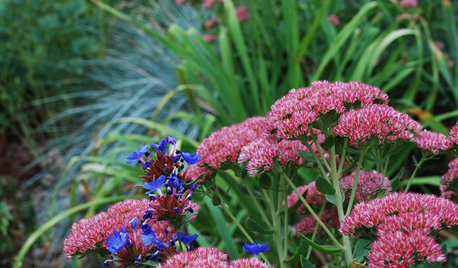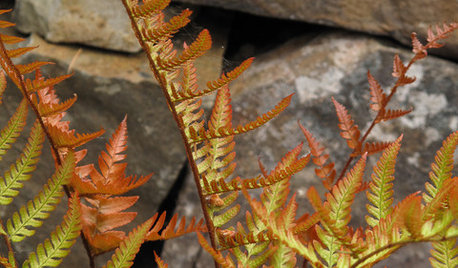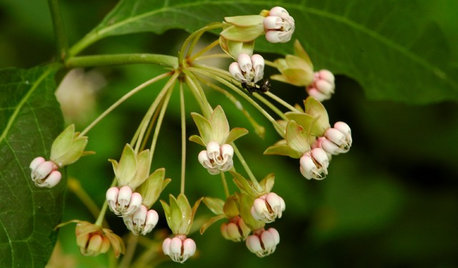Need transplant advice
7 years ago
Related Stories

DECORATING GUIDES10 Design Tips Learned From the Worst Advice Ever
If these Houzzers’ tales don’t bolster the courage of your design convictions, nothing will
Full Story
LIFEGet the Family to Pitch In: A Mom’s Advice on Chores
Foster teamwork and a sense of ownership about housekeeping to lighten your load and even boost togetherness
Full Story
PLANTING IDEASStretch the Budget, Seasons and Style: Add Conifers to Your Containers
Small, low-maintenance conifers are a boon for mixed containers — and you can transplant them to your garden when they’ve outgrown the pot
Full Story
FALL GARDENINGMake This Fall’s Garden the Best Ever
Learn the most important tip for preventing buyer’s remorse, plus get more valuable buying and planting advice
Full Story
WINTER GARDENINGPruning Secrets for Exquisite Roses
Encourage gorgeous blooms year after year with this time-tested advice on how to prune your rosebush in winter for health and shape
Full Story
GARDENING GUIDESFall Is Calling: What to Do in Your October Garden
Get a jump on winter prep or just sit back and watch the leaves fall. The beauty of an autumn garden is in all the choices you have
Full Story
GARDENING GUIDESGreat Design Plant: Autumn Fern Adds Color All Year
Use this evergreen, easy-care fern for soft texture and coppery tints in container gardens and the landscape at large
Full Story
GARDENING GUIDES5 Unsung Wildflowers That Thrive in Dry Shade
Turn shady problem spots into garden idylls with with these prolific, easy-care bloomers
Full Story
LIFEYou Said It: ‘Put It Back’ If It Won’t Help Your House, and More Wisdom
Highlights from the week include stopping clutter from getting past the door, fall planting ideas and a grandfather’s gift of love
Full Story
GARDENING GUIDESGet a Head Start on Planning Your Garden Even if It’s Snowing
Reviewing what you grew last year now will pay off when it’s time to head outside
Full StorySponsored
More Discussions






Okiedawn OK Zone 7
OklaMoni
Related Professionals
Derry Landscape Architects & Landscape Designers · Holly Springs Landscape Architects & Landscape Designers · Ferndale Landscape Architects & Landscape Designers · San Juan Landscape Architects & Landscape Designers · Centereach Landscape Contractors · Kahului Landscape Contractors · Pikesville Landscape Contractors · Pleasant Hill Landscape Contractors · Plymouth Landscape Contractors · Antioch Landscape Contractors · Maple Grove Decks, Patios & Outdoor Enclosures · Frisco Decks, Patios & Outdoor Enclosures · Redmond Decks, Patios & Outdoor Enclosures · South Lyon Decks, Patios & Outdoor Enclosures · St. Louis Decks, Patios & Outdoor EnclosuresMelissaOriginal Author
soonergrandmom
MelissaOriginal Author
Okiedawn OK Zone 7
MelissaOriginal Author
OklaMoni
Okiedawn OK Zone 7
Sandplum1